Ur-Turn: In Defense Of The Ford GT
A Ford engineer responds to our last piece on the Ford GT.
In “Ur-Turn: The Hater’s Guide to the Ford GT”, we get a glimpse into the Ford product development cycle for high-volume vehicles. The authors, who humbly claim that it was a broad overview, give a rather complete account of the roles, responsibilities, and procedures behind nearly every Ford product that comes to market. It’s a fascinating process, and it occurs every day at virtually every OEM and supplier. But what happens when a particular design or system defies convention? How do you validate something that is unlike anything your company has ever produced? What happens when you push the product development envelope so far, that you enter a completely new and unfamiliar design space? This is where we’ll find the Ford GT.
The GPDS framework that the authors describe is a rigorous process, combining elements of classical engineering disciplines, statistical analysis, and historical lessons-learned. Every high-volume OEM and supplier uses something like it. The people behind GPDS and other, similar processes are the reason for today’s automotive landscape of massively complex cars that are safer, more efficient, and more advanced than ever.
As robust and comprehensive as GPDS is, it can be inflexible. New technology and processes sometimes don’t fit into the framework. If a body control D&R has never worked with active aerodynamic elements, how will he know what acceptable performance looks like on the GT, or how to test it? If the STA has never dealt with a carbon fiber monocoque, how can he point out faults in the assembly process? If the engine calibrator has never tried to achieve the cylinder pressure required to wring 600 horsepower out of 3.5L, how will he know how much fuel to dial in without blowing the head apart? What about the APQP engineer who depends on Weibull analysis to predict full-life durability, but the sample size needed for a good analysis is about the same as the entire production run?
The Ford GT is unlike anything that Ford has ever built, so the paradigms that work for nearly every Ford product may not work here. Technology must be developed outside the GPDS framework. The Ford Research and Advanced Engineering group does just this, using GTDS (Global Technology Development System). Unlike GPDS, which is focused on execution and quality, the GTDS process attempts to clearly define a problem and systematically identify and explore promising solutions. The outcome of the GTDS process is a technology that is ready for use in a vehicle, and accompanied by a complete set of requirements and validation methods as well as a list of potential suppliers. Often a GTDS technology is so complex that transferring knowledge to a production team would be prohibitively time-consuming, so an R&A engineer will accompany the technology through to production.
This is the true skunkworks. It’s not in a secret basement, its right out in the open, just a short walk from the folks cranking through GPDS documentation. As for the contention that non-GPDS projects will have a “questionable pedigree in production and quality operating systems”, the people at Ford R&A have a better understanding of the operating environment and system behavior than anybody else in the company and sometimes the entire industry, as well as the manufacturing methods and quality issues associated with them. The evaluation of technology is obsessively comprehensive, even if it doesn’t follow the GPDS framework. There is nothing “slap-dash” about it.
The authors accurately point out that the GT is essentially a marketing exercise, not a money maker. Doing all the development work in-house would take precious resources away from profitable production programs. So the build will be contracted to an outside company like Multimatic. Dyno testing and calibration will probably be done by a company like Roush. Chassis development will likely be performed by Ford drivers and engineers, though with a much narrower scope of testing than high-volume vehicles get. But Ford will own every part of the design and development process. It just won’t be the same people who put F-150s on the showroom floor. Instead it will fall to a group whose job it is to bring new technology to life and make it available to a discriminating customer. There will be no clear path to follow. And that’s just how they like it.
More by Ur-Turn
Latest Car Reviews
Read moreLatest Product Reviews
Read moreRecent Comments
- Rochester If I could actually afford an Aston Martin, I would absolutely consider living in an Aston themed condo.
- Redapple2 I ve slept on it. I would take one on a 3 yr lease for $199/mo- ($1000 down total). Evil gm Vampire gave me this deal in 2012.
- 3SpeedAutomatic Would prefer a non-turbo with a stick shift. That would be more fun to drive!!🚗🚗🚗Also, I could teach my nieces and nephews to drive a standard. You'd be surprised how many folks can't handle a stick shift today. Yet, in Europe, most rental cars come with a stick unless you specify otherwise.
- Jeffrey Henry Ford said about innovation, “ If I had asked my customers what they wanted, then they would have said a faster horse." Change is inevitable!!!https://www.wri.org/insights/countries-adopting-electric-vehicles-fastest#:~:text=Currently%2C%2016%20countries%2C%20including%20Canada,create%20and%20enforce%20such%20policies.
- ToolGuy If these guys opened a hotel outside Cincinnati I would go there to sleep, and to dream.
















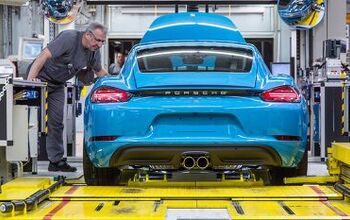


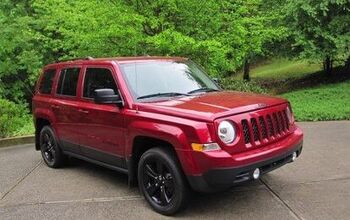
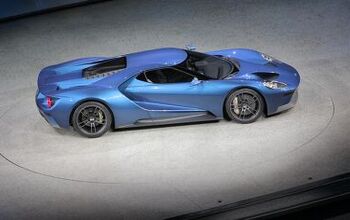
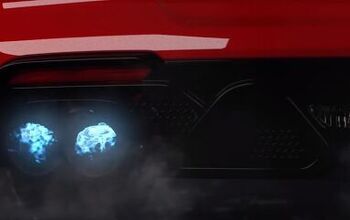
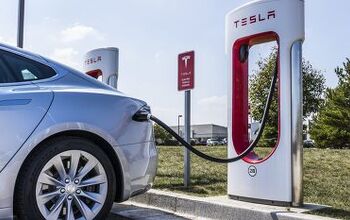

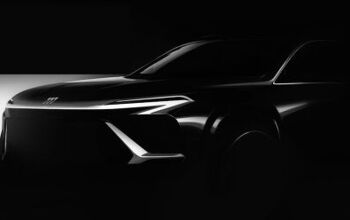
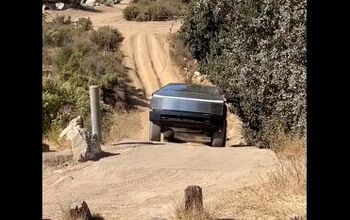
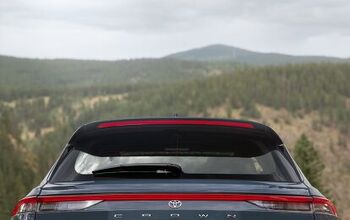
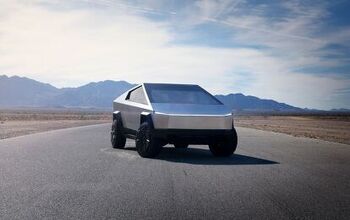
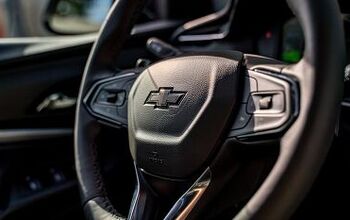
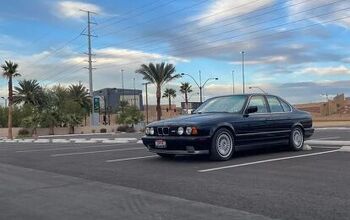



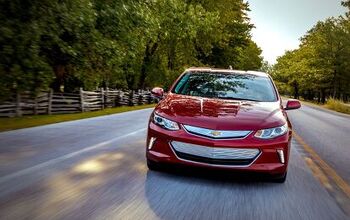
Comments
Join the conversation
Thank you for this rebuttal. The prior article was weak on content actually relevant to a limited production skunkworks supercar like the new GT. Sour grapes and what not.
Yes, this, exactly. Thank you for giving a "current insider" perspective to what I (and others) had pointed out in the comment stream for the other article. This program is an exception, but there are rules in place for handling such exceptions. Thanks again!